Explore the Facts Behind This Critical Unit from World War II
The Long Range Desert Group (LRDG) was given a special mission by the British Army during World War II. They were to deeply penetrate enemy lines and conduct critical reconnaissance and intelligence missions that were essential for coordinating the rest of the army in North Africa.
The LRDG turned out to be a massive success and was instrumental in securing victory for Allied forces in the region.
Founding the Long Range Desert Group
According to historian Gavin Mortimer, the LRDG was founded when science writer Ralph Bagnold was authorized to create a patrol unit in June 1940, having previous experience driving in the region.
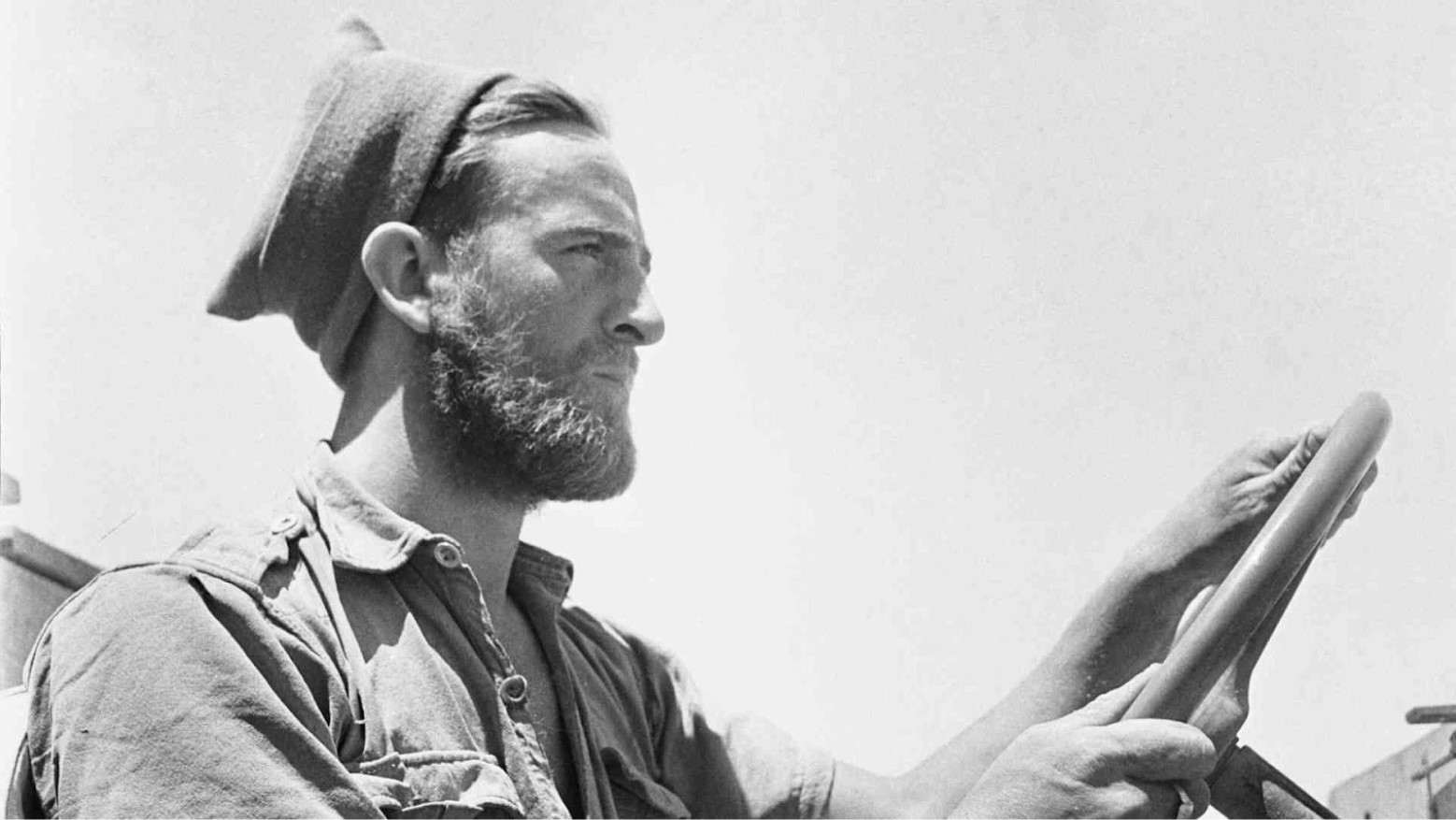
Source: Cecil Beaton/Wikimedia
“Every vehicle, with a crew of three and a machine gun, was to carry its own supplies of food and water for 3 weeks, and its own petrol for 2,500 miles of travel across average soft desert surface, and each patrol was to carry a wireless set, navigating and other equipment, medical stores, spare parts, and further tools.” (via History Extra)
Road Watch
The LRDG was comprised of desert navigation experts, with the most important role being their road watches. These watches involved staying covert while observing the positions of the Italian and Axis militaries in the area throughout the Libyan desert.

Source: 14GTR/Wikimedia
The original patrol unit saw massive operational success in their first few patrols, so much so that Bagnold was promoted and allowed to form two additional patrols to support the LRDG.
Hit-and-Run Raids
As the LRDG saw success in their operations, they were instructed to perform hit-and-run raids against approved Italian military targets in Libya. Because the desert was so vast, it would make it hard for the Italians to track the movements of the secretive LRDG members.
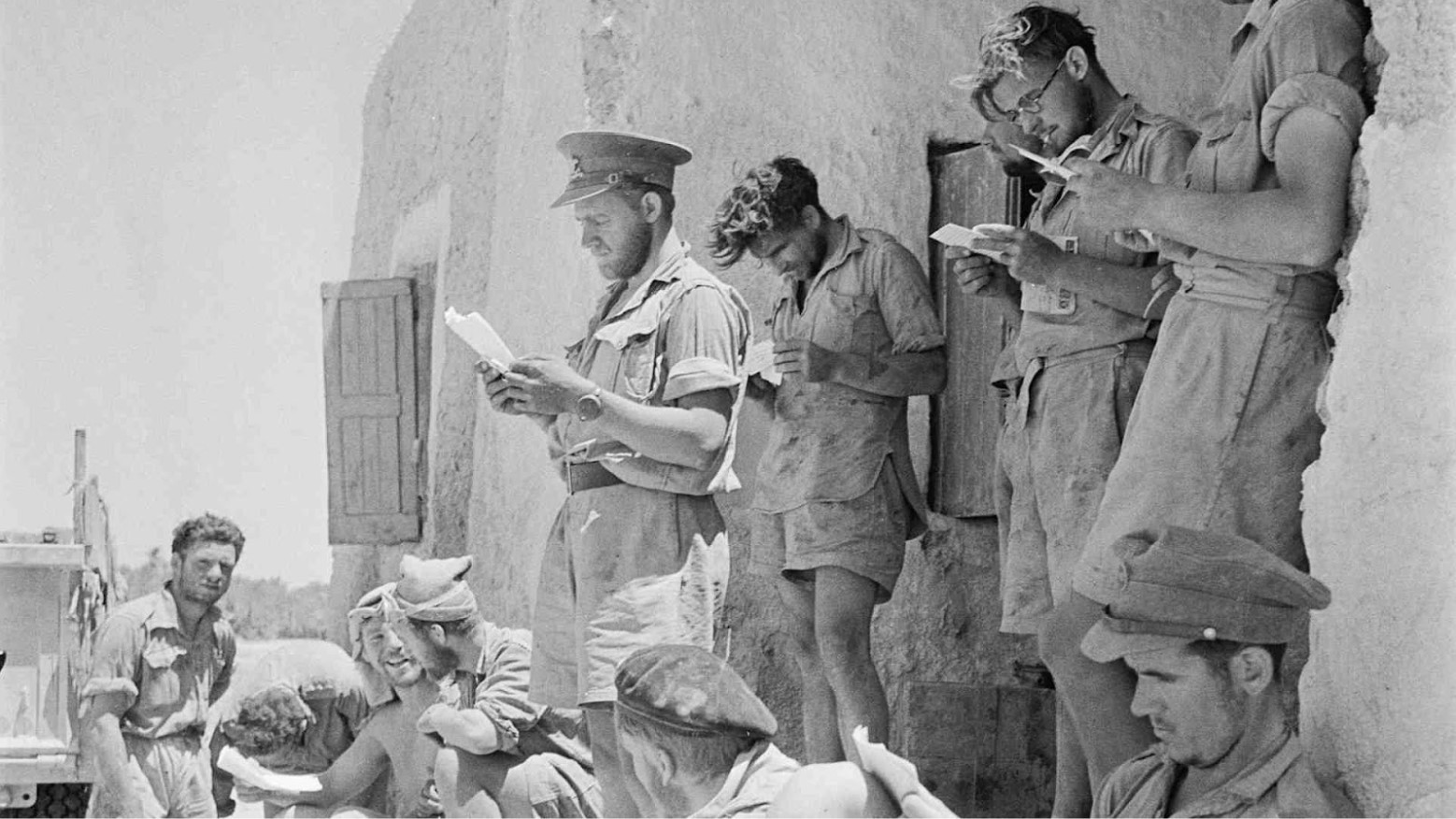
Source: Cecil Beaton/Wikimedia
The Libyan desert is roughly the same size as the entire land mass that contains India, which made navigation incredibly important for coordinating raids promptly.
G Patrol Raid
The first raid carried out by one of the new patrols, Guard or G Patrol, was against an Italian fort that supported a nearby airfield. G Patrol had to travel nearly 1,000 miles west of Cairo over a two-week journey but managed to successfully sneak up on their opponents.
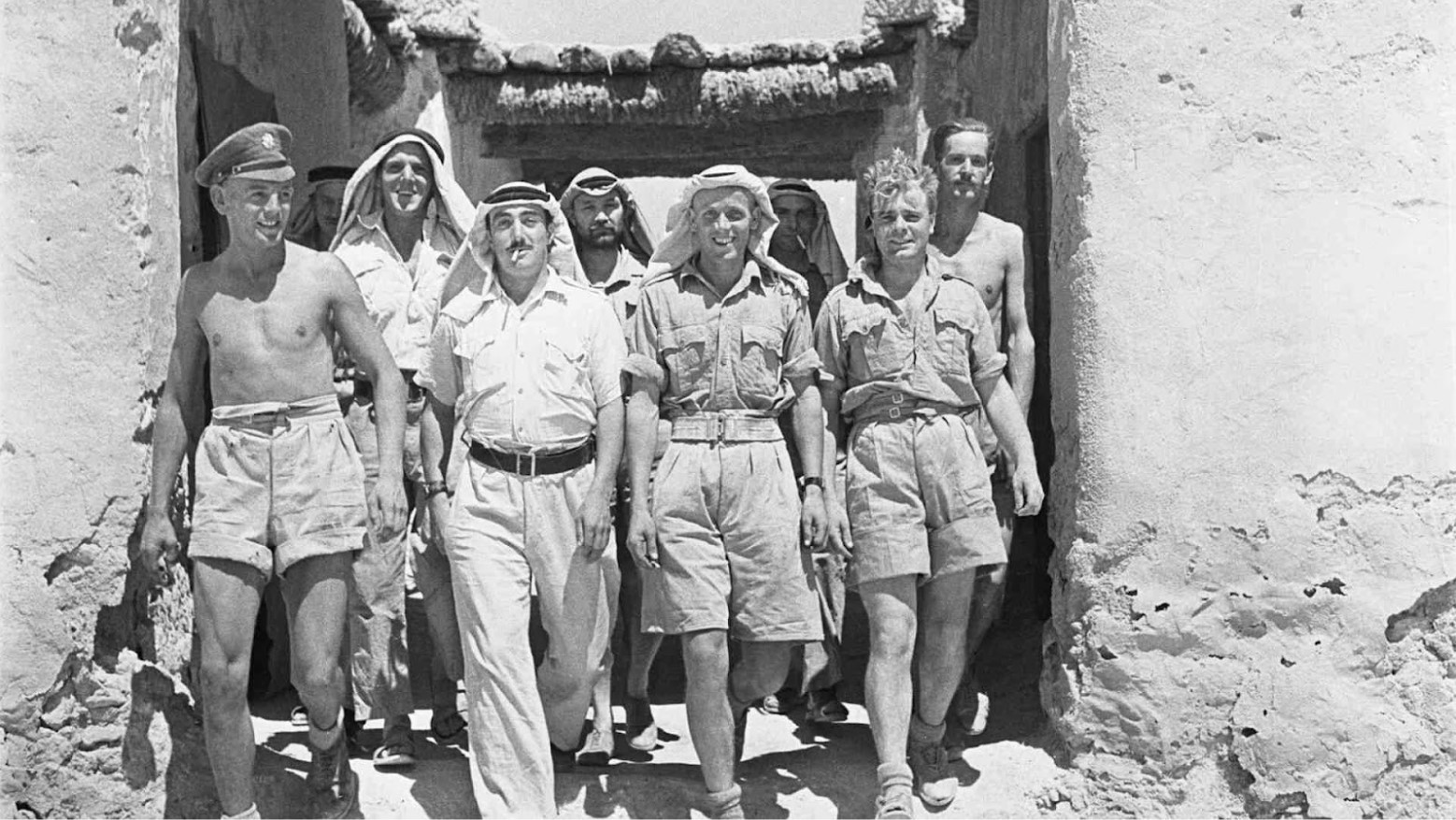
Source: Cecil Beaton/Wikimedia
Michale Chricton-Stuart, G Patrol’s commander, said, “As the convoy approached the fort, above the main central tower of which the Italian flag flew proudly, the Guard turned out. We were rather sorry for them, but they probably never knew what hit them.” (via History Extra)
Why Were the Italians in Libya?
During World War II, Italy joined the Axis powers, pitting them against Britain. During the time, Libya was a colony of Italy, with many of its citizens moving there to settle the land.
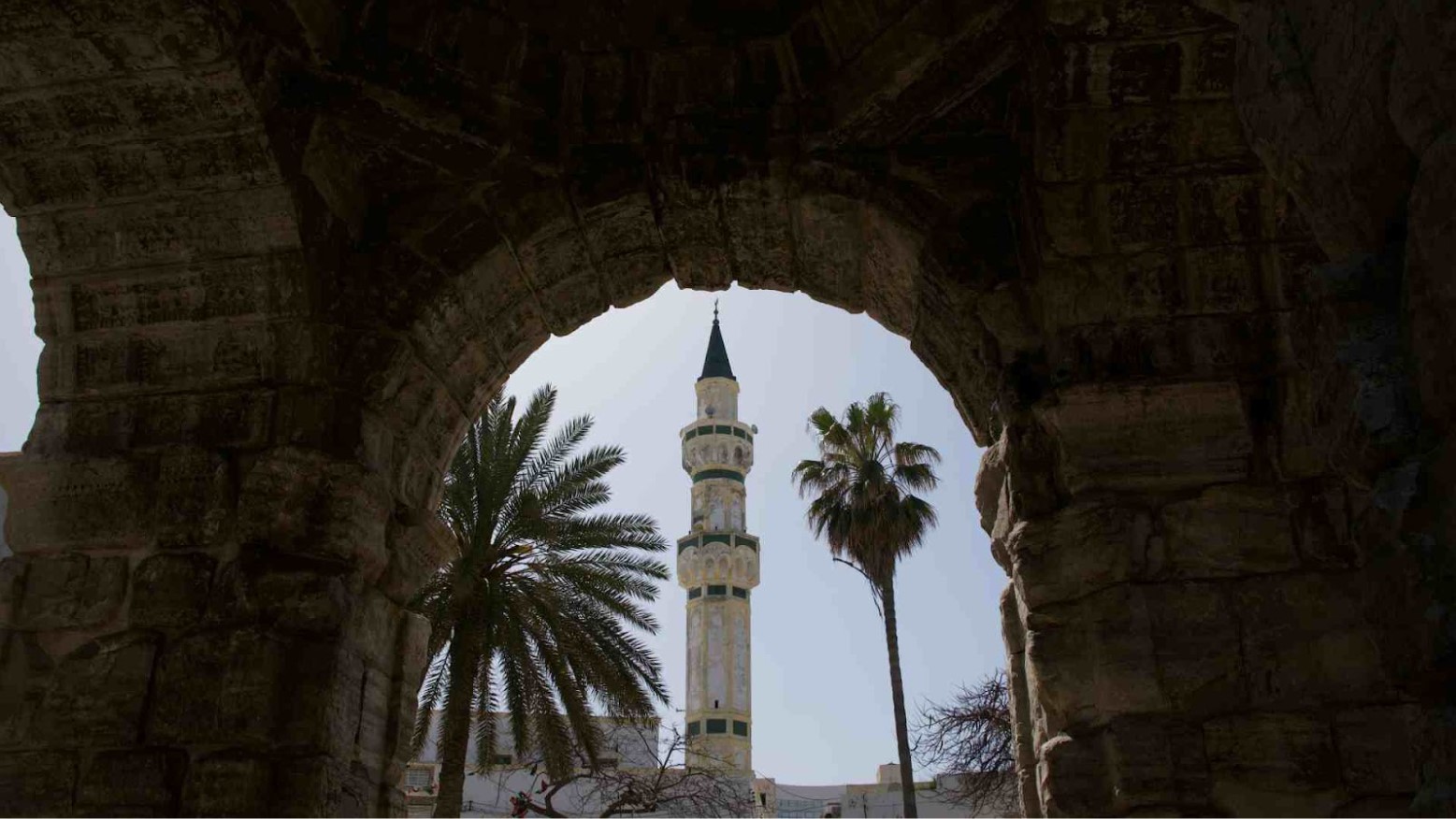
Source: Z El Bas/Unsplash
After Italy officially declared war in 1940, Britain immediately began operations to gain access to the area for resources. The Italians and the other Axis powers were hoping to deprive the Allied powers of access to oil reserves vital for the war effort.
The Axis Strikes Back
After the G Patrol raid on the fort, the Italian forces in the area were left demoralized in the remains of a destroyed fort. However, the North Africa campaign wasn’t finished.

Source: Moosmuller/Wikimedia
According to Mortimer, Nazi General Erwin Rommel, nicknamed the “Desert Fox,” launched a series of operations that were able to regain much of the territory that Italy had lost. He and his Afrika Korps joined the hostilities in February 1941.
Bagnold Leaves
Mortimer describes Bagnold’s decision to leave the LRDG in August 1941, which resulted in larger-scale operations.
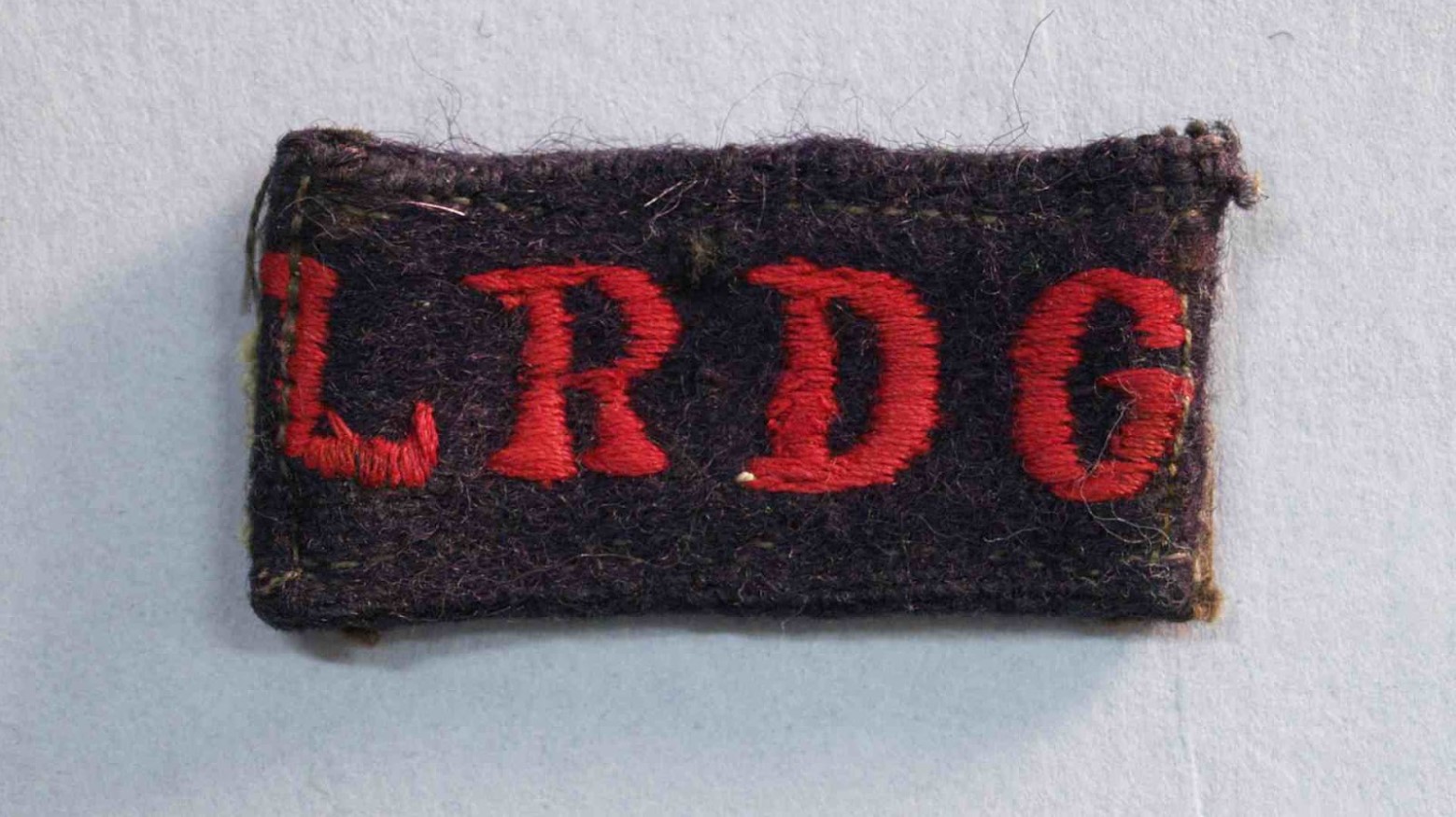
Source: British Army/Wikimedia
“Bagnold, meanwhile, worn down by the heat and the stress of raising the LRDG, handed over command of the unit in August 1941 to Lt-Col Guy Prendergast. Prendergast’s first challenge was to organise five LRDG patrols for a new large-scale Allied offensive in November 1941, the aim of which was to retake eastern Libya and its airfields.” (via History Extra)
LRDG Versus Desert Fox
The LRDG’s new role now included alerting General Claude Auchinleck what “Desert Fox” Rommel was up to. In addition to relaying information about troop movements, they received a directive to recover 55 British paratroopers after an earlier airfield raid.
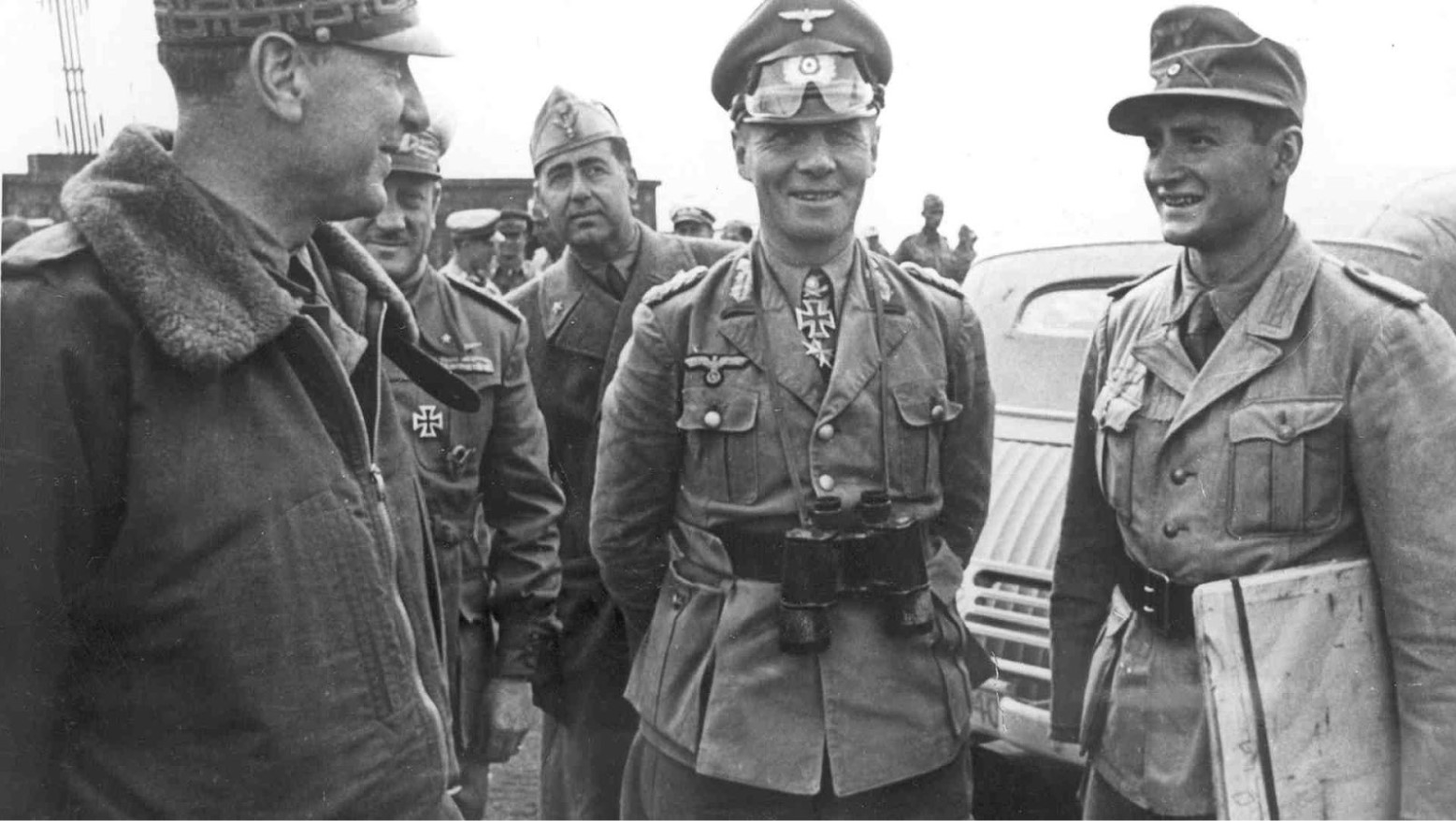
Source: Moosmuller/Wikimedia
A young officer named David Stirling had convinced the Middle East HQ to parachute troops into an enemy base that seemed vulnerable, but a violent thunderstorm caused the operation to fail, with many of the raiders being captured by the Germans, requiring LRDG rescue.
Operation Caravan
One of the most notable contributions the LRDG provided during World War II was during Operation Caravan.
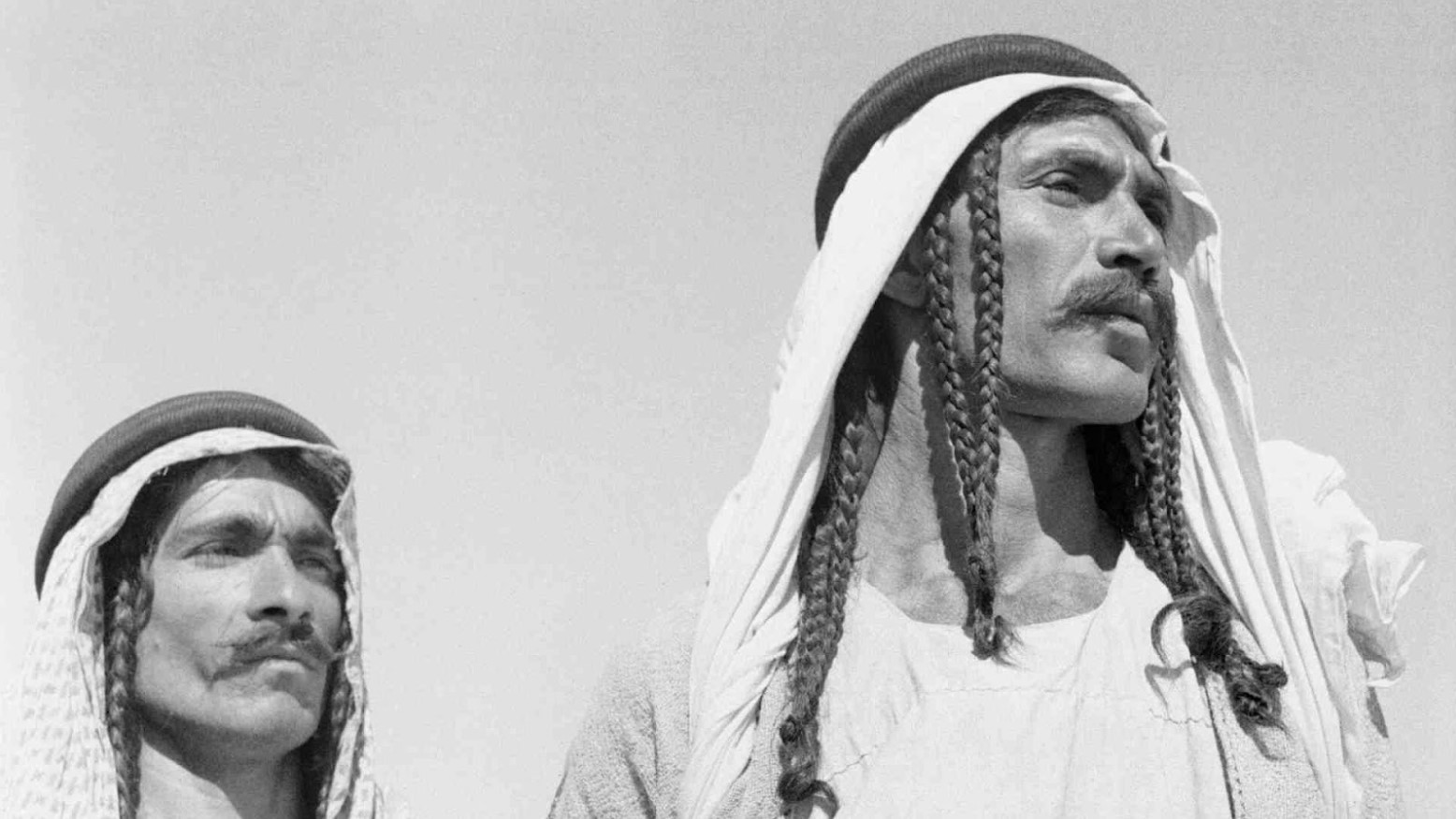
Source: Cecil Beaton/Wikimedia
In Septemeber 1942, the LRDG attacked the Italian Barce airfield which resulted in damage to 32 Italian aircraft and the destruction of possibly 10 others. (via Barce Raid: The Long Rage Desert Group’s Greatest Escapade)
More Missions
Following the successes of the LRDG and the efforts of Allied forces, the Axis forces in the area were forced to surrender in May 1943. After this surrender, LRDG efforts were redirected to the Mediterranean and conducted missions in Italy and the surrounding region.

Source: SAS Regimental Association/Wikimedia
These operations continued until the war in Europe had ended.
LRDG Disbanded
The LRDG hoped to be transferred to help against the Japanese forces in the Far East, but the War Office officially declined the transfer request. Officially, the LRDG was disbanded shortly afterward in August 1945.
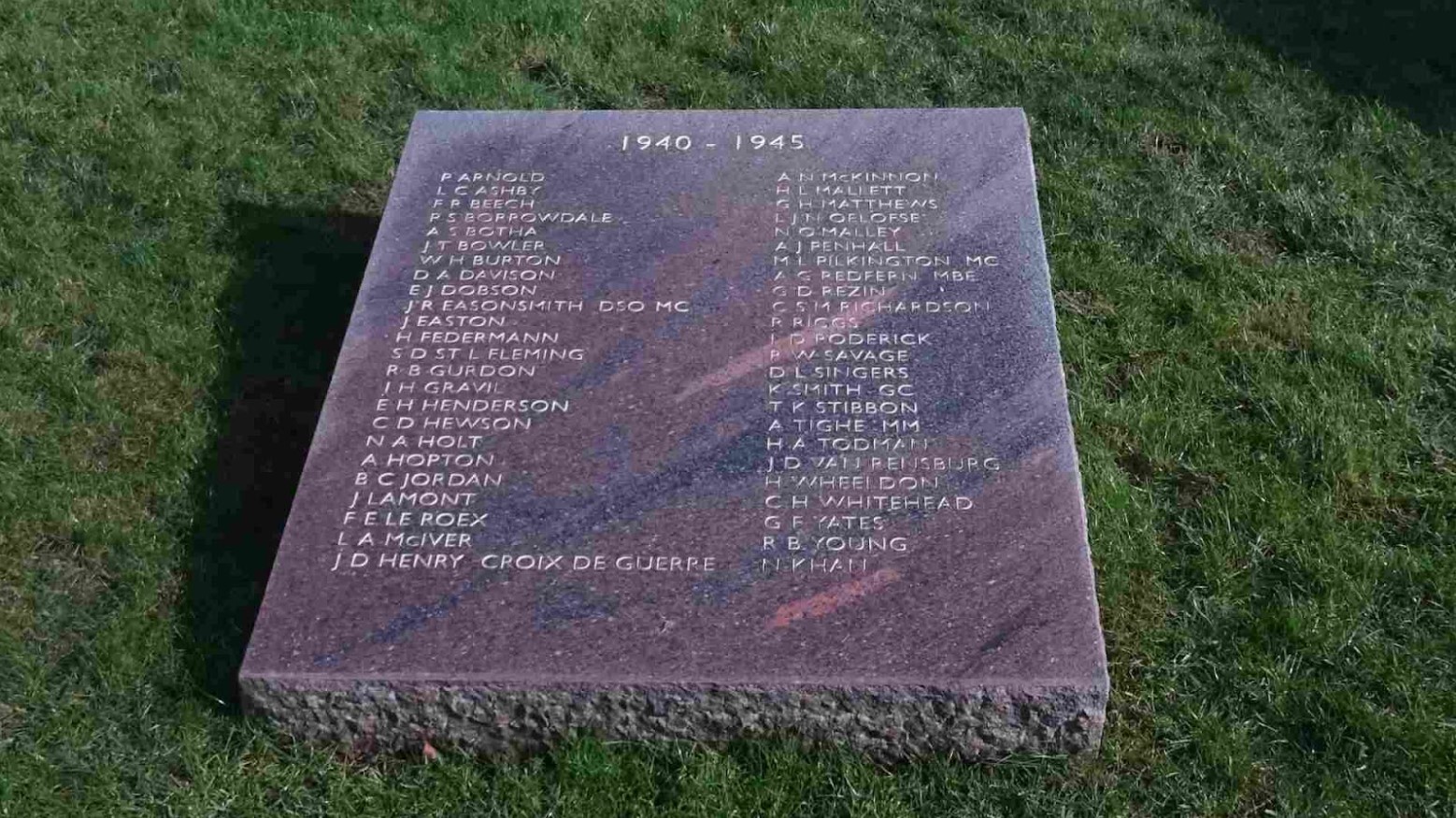
Source: Rosser1954/Wikimedia
The LRDG’s successful operations as a “Libyan Taxi Service” were essential to other forces like the Special Air Service (SAS),likely saving many lives and hastening the close of the war. (via History Extra)
